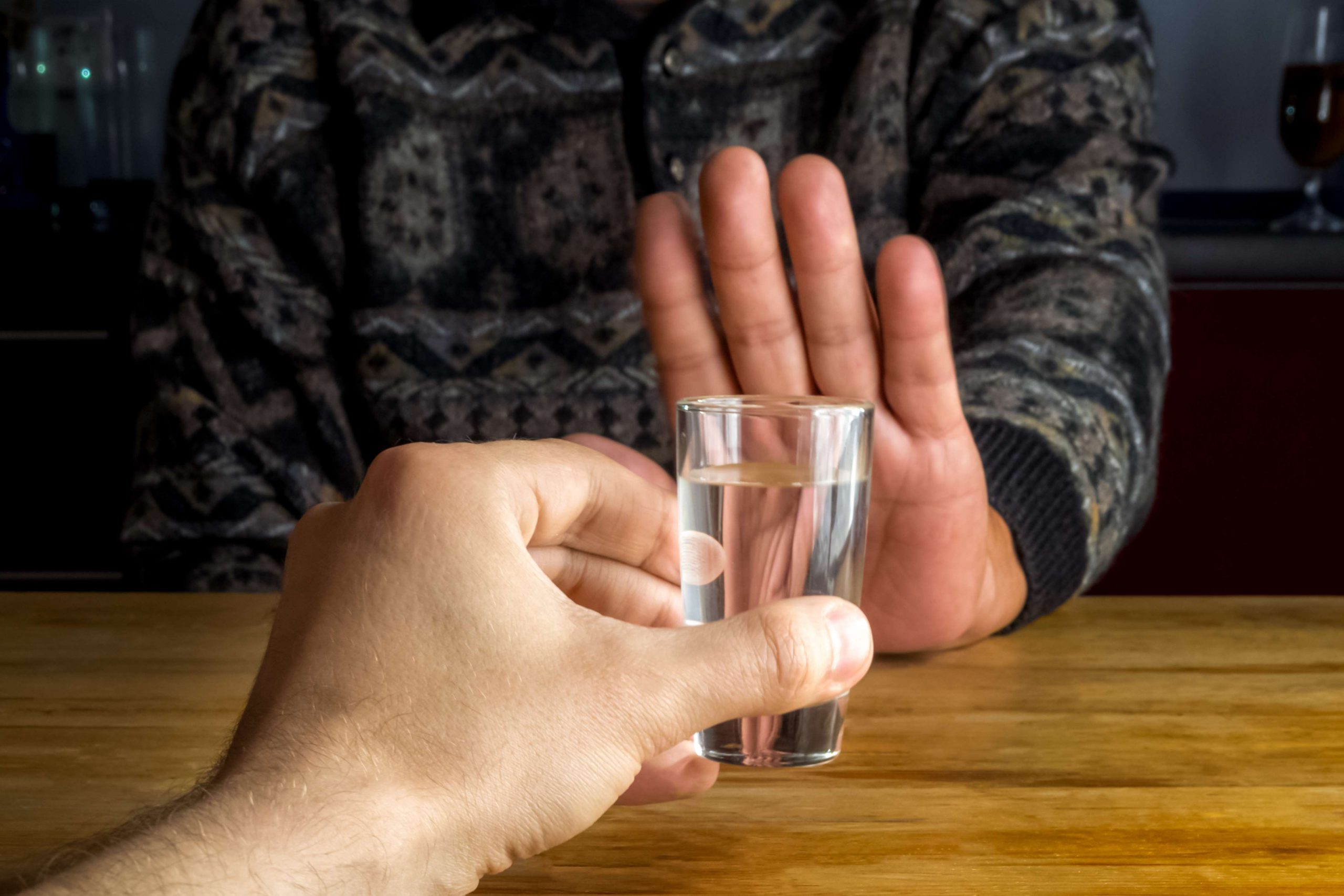Content
Most sober houses require residents attend outside A.A., N.A., or other recovery meetings. Residents may have access to many amenities, including top-of-the-line kitchens, fitness equipment, and backyard barbeques. This doesn’t mean that life in a sober living is just a vacation, though. It is their responsibility to keep their living environment clean, presentable, and in good shape.
Triggers can include any person, place, or event that reminds someone of their past substance abuse — but the most powerful triggers come in the form of direct exposure to substance abuse. By preventing residents from abusing drugs or alcohol in a sober living, the risk of relapse is significantly reduced. It often acts as a bridge between rehabilitation and preparing members to live independently – drug- and alcohol-free. While residents aren’t required to have completed a rehab program before entry, many of them have. The tools that individuals learn in intensive rehab programs may set them up for more sustainable success in a sober living house.
Significance of the Study
For instance, some homes request residents to check in with a house manager, and some houses will require periodic drug tests. Many sober houses also have agreements with residents, requiring them to attend 12-step programs or similar support groups. Choose a house manager of the appropriate gender who will help you run the sober living house. Generally, a house manager is responsible for observing and monitoring residents of the sober living home and facilitating house meetings and group activities. He or she will also live on-site at the facility with the residents. A man or woman in recovery with at least six months to one year of continuous sobriety may be an excellent choice for this position.
Another series of studies found that individuals who remained abstinent for less than one year relapsed two-thirds of the time. Those who remained sober for a year or more relapsed less than half the time. And those who abstained for five years remained sober and avoided relapse 85% of the time. In the United States, 60.1% of individuals ages 12 and older use at least one substance (like tobacco, alcohol, or an illicit drug), according to the latest National Survey on Drug Use and Health. LegitScript is a third-party certification that demonstrates Footprints complies with all applicable laws and regulations, including our ongoing commitment to transparency.
Find a Sober Living Home Near You
A significant strength of the Options houses was that residents were able to maintain low alcohol and drug severity at 12-month follow up. CSLT is located in Sacramento County California and consists of 16 houses with a 136 bed capacity. Phase I lasts 30 to 90 days and is designed to provide some limits and structure for new residents. Residents must agree to abide by a curfew and attend at 12-step meetings five times per week.
This measure includes 9 items and was developed by Humphreys, Kaskutas and Weisner (1998) to measure the strength of an individual’s affiliation with AA. The scale includes a number of items beyond attendance at meetings, including questions about sponsorship, spirituality, and volunteer service positions at meetings. As you become stronger in your own recovery, you also could become a sponsor of a new resident in the house.
Improving Outcomes for Criminal Justice Referred Residents
In most cases, these are homes that are run by people who are also in recovery. Private owners usually own these homes, but charities and businesses may also own sober living houses. If you live in a recovery house, you may either have your own room or share one with a roommate. Most of the time, residents share communal spaces, like kitchens, living rooms, and backyards.

Statistically, the study found that 18 out of every 1,000 sober home residents committed a crime compared to 112 out of every 1,000 in the general population. Yet, some local governments use zoning laws to keep sober living homes from operating in certain areas. An obvious motivation for doing so relates to property owners’ concerns about a decrease in property values when a sober live home is operating in the locale. When it comes to a discussion of law, it is always important to understand the concept of jurisdiction, which includes governance at federal, state, county, and city levels. Although there may not be uniform and express sober living home laws in place at present in America, the future may change the legal landscape of these facilities and require them to be state licensed. Sober houses are residential facilities that provide a
structured living situation for people who are in recovery from a substance
abuse disorder.
This includes identifying priorities, organizational processes, and necessary resources to meet the needs of staff and residents. One of the most important rules at sober living homes is that chores are mandatory, and they may vary from day to day. The most important rule to remember while sober house staying at a sober living home is not to drink or use drugs. That is because the main goal of this type of program is abstinence. Join our newsletter to be part of a community of people with shared experiences. This is a great asset to those struggling with their own personal battles.
- The Association for Addiction Professionals represents the professional interests of more than 100,000 addiction-focused health care professionals in the United States, Canada and abroad.
- She wanted to know why she was not informed that her son had relapsed and been evicted.
Halfway houses are also government-funded and have fewer amenities than a sober living home. They tend to be more like dorms, with up to 12 residents, unlike smaller sober homes that offer more privacy and freedom. Outpatient programs, such as Partial Hospitalization Programs (PHP) or Intensive Outpatient Programs (IOP), still provide participants with ongoing therapy and, in some cases, medical care. However, recovering addicts in outpatient programs do not live at those treatment facilities and may return home at the end of each day’s scheduled sessions. Inpatient treatment programs provide the most structure and highest level of care, whereas outpatient programs offer more flexibility. If you are an individual or a group who would like to start a sober living home in your community, Eudaimonia Recovery Homes is here to help.
In Worcester, Massachusetts, our homes range from $140-$180 per week. Rent usually covers all living expenses besides food and entertainment. Some sober houses charge an initial deposit or fee, and these fees range from $25 to $300 or more. Prices for recovery homes tend to follow the overall real estate market. The residents are not allowed to bring alcohol or drugs in the sober living houses.
- Our study design had characteristics that DeLeon, Inciardi and Martin (1995) suggested were critical to studies of residential recovery programs.
- Depending on the violation, residents may be put on “probation,” have to pay a fine or make amends to another resident or write an essay about what they did.
- We suggest that efforts to translate research into treatment have not sufficiently appreciated how interventions are perceived and affected by various stakeholder groups (Polcin, 2006a).
